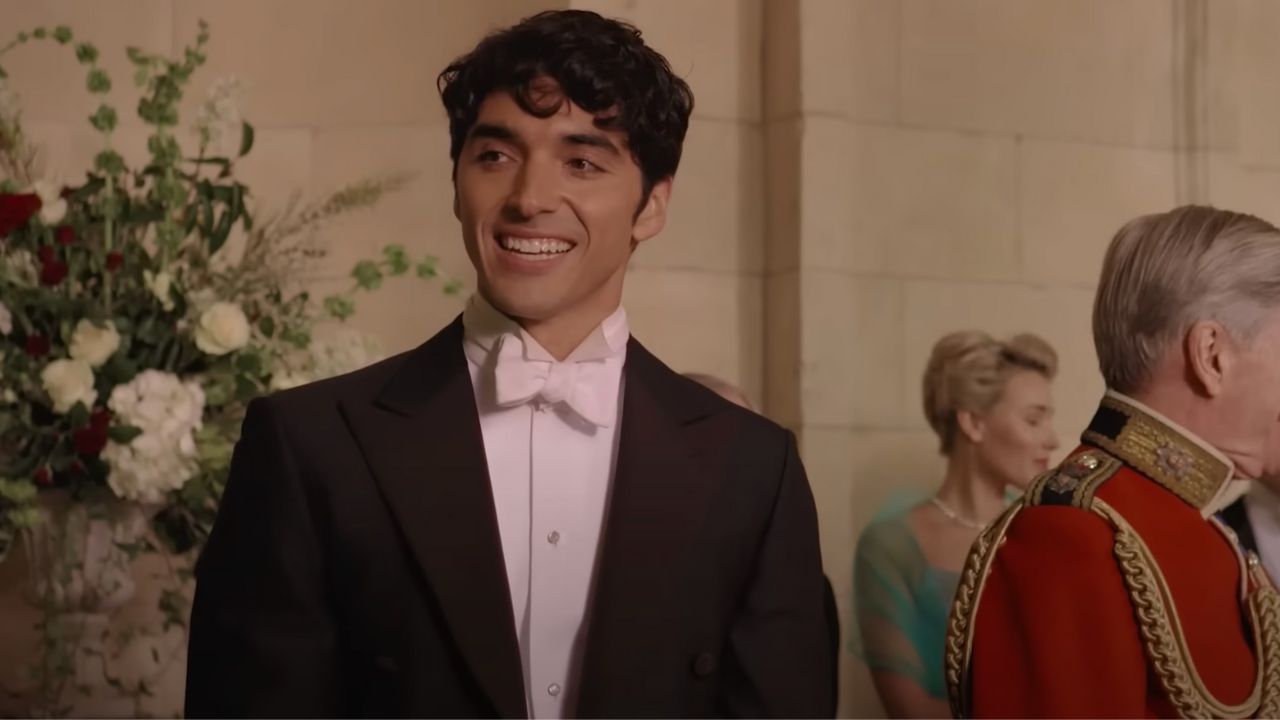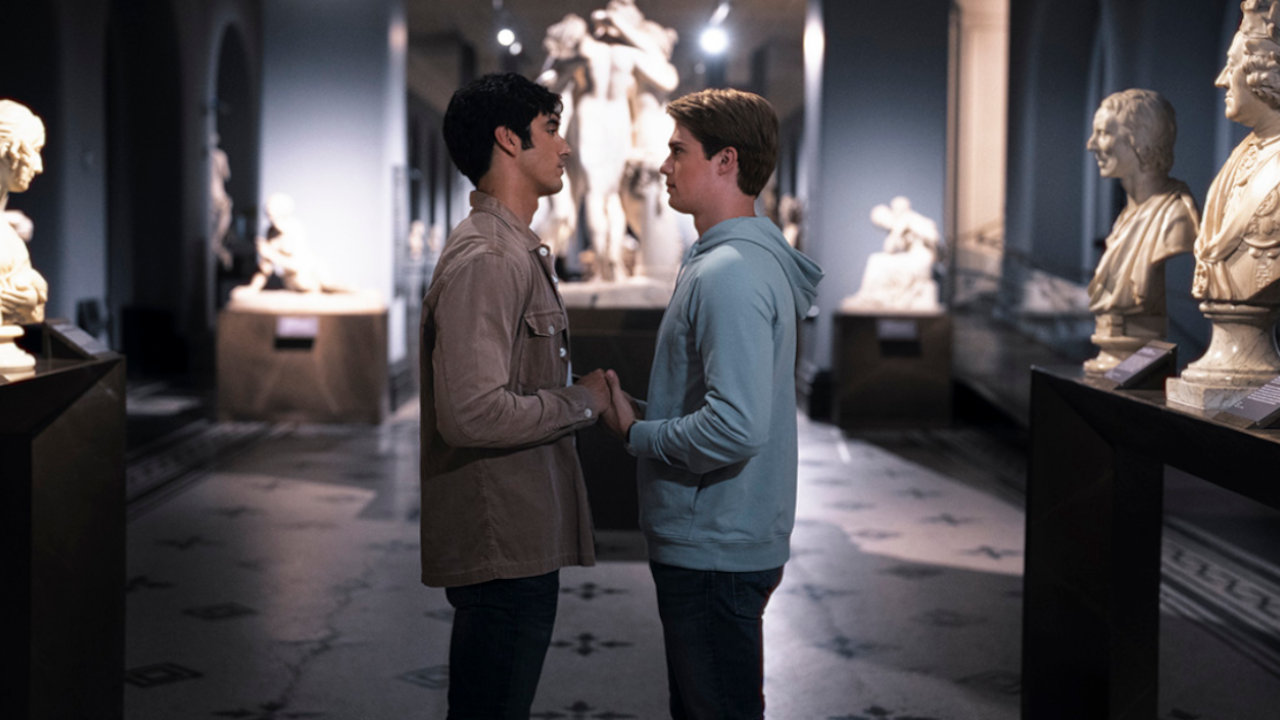
The highly anticipated adaptation of Casey McQuiston’s best-selling novel Red, White, and Royal Blue has finally started streaming on Prime Video, and fans can’t get enough of the heartwarming and steamy lgbtq+ romance. Getting to watch characters we’ve loved for four years come to life on screen is such a surreal experience — even though they’re not quite the same characters we know and love. Honestly, while I tried not to be too upset at what had changed, I did have an issue with some of the changes made to Alex Claremont-Diaz’s beloved character from the book. Let’s discuss.
Alex Is An Only Child In The Film
When the Red, White, and Royal Blue cast was announced, many fans, including myself, were disheartened to see the exclusion of June, Alex’s older sister. Not only did I miss June, but her absence was felt while watching, as the character still exuded "youngest child energy, though he was given only child status on the small screen. Movie Alex doesn’t subscribe to the typical only child behaviors and instead is a stereotypical youngest child, wanting to be the center of attention with his charisma and need to challenge authority.
The choice to make Alex an only child also meant we lost some of the depth that came with his siblinghood. In the book, Alex struggles with guilt surrounding his sister’s decision to move into the White House to keep an eye on him. June hates politics, and Alex knows this, but because he has a tendency to fly too close to the sun if unchecked, June takes it upon herself to be his protector. Losing June also meant Alex and Henry couldn't share stories about growing up with sisters, eliminating one of the many things they bonded over in the early days of their relationship.
Alex’s Parents Are Still Together
While I respect director Matthew Lopez’s decision to keep them married to show “a Latino father who is still with his family” (as he told EW), I do think the choice diminished some of the depth of Alex’s character. Being a child of divorce is intrinsic to Book-Alex’s personality. It explained why he works so hard and spreads himself so thin — a habit he picked up in childhood to avoid his parent's arguments.
It also served a bigger purpose in that it's one of the reasons he connected with Henry. They both came from public broken homes, and it’s that shared experience that lets them be honest and open with each other. The first time Alex truly opens up to Henry in the book is on Christmas Eve to vent about his parent’s behavior. That emotional scene is missing from the movie; in fact, Alex and Henry rarely discuss their family lives, making their relationship not as deep as it could have been.

Alex Doesn’t Have A Bisexual Awakening
In the book, Alex begins to question his sexuality after Henry kisses him at the New Year’s Eve party. It sends him down a rabbit hole as he examines his feelings for male celebrities and his not-so-straight friendship with his high school best friend. However, in the movie, Alex already has an inkling he’s bisexual and, instead, is confused that he’s suddenly attracted to his nemesis, Henry.
Red, White, and Royal Blue had the unique opportunity to showcase what a sexual awakening might look like for a young twenty-something-year-old, and sadly, the movie chose to go in a different direction. It would have been such an empowering scene for the older queer community who discovered who they were later on in life to see themselves represented onscreen. Though, credit is due for not being scared to have Alex say the words “I’m bisexual” more than one time, something that doesn't always happen in movies and TV, even with iconic bisexual characters on the screen.
With a few tweaks, I just think Red, White, and Royal Blue could have been even more impactful. Still, if you haven't caught it yet, you can stream it with an Amazon Prime Video subscription and then check out the 2023 movie schedule to see what other new movies are coming soon. I’ll be here, alternating between rewatching the movie and rereading the original book to find even more things that were changed.







